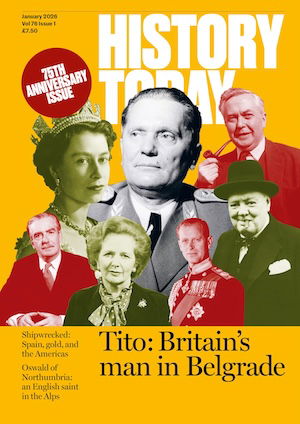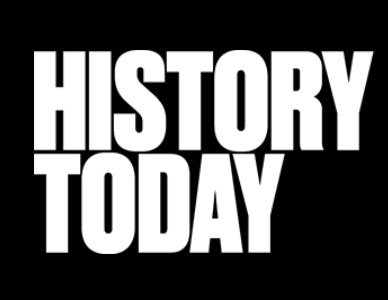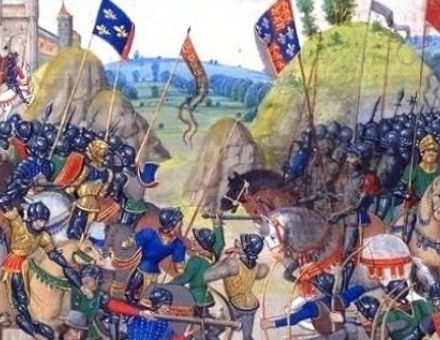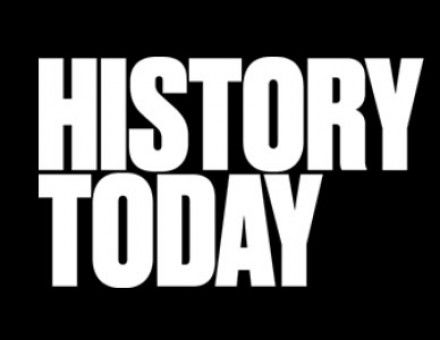France
The Bakers of France
Daniel Bertaux presents an oral history of a traditional French industry.
De Gaulle and the Founding of the Fifth Republic
Douglas Johnson asks what political or military intrigues lay behind the sudden recall to power, twenty-five years ago this month, of Charles de Gaulle, the wartime leader of the Free French.
French Peasants in the Hundred Years War
The Hundred Years War was fought on French soil. What effects did this have on the lives of the rural French communities?
Why Men Fought in the 100 Years War
Patriotism, propaganda, profit - Anthony Tuck finds that these were the motives that led Englishmen to fight in France.
'The Noisie' Empty, Fluttring French': English Images of the French, 1689-1815
'To sum up all, poverty, slavery and innate insolence, covered with an affectation of politeness, give you... a true picture of the manners of the whole nation' was Hogarth's opinion of the French in 1749, explains Michael Duffy.
The British Army and the Slave Revolt: Saint Domingue in the 1790s
'Thrice had his foot Domingo's island prest, Midst horrid wars and fierce barbarian wiles; Thrice had his blood repelled the yellow pest That stalks, gigantic, through the Western Isles!' ran the epitaph to one of the more than 20,000 British soldiers sent to St. Domingue in the 1790s.
The Coronations of Henry VI
The boy-king Henry VI was crowned King in England and in France. But the symbols of regal majesty at his Coronations, argue Dorothy Styles & C.T. Allmand, could not disguise the fragility of the union.
Daumier, An Artist for All Time?
Thomas Gretton presents a special review of the impact of the 19th century French satirical artist.
The Devil in Renaissance France
David Nicholls examines the central position of Satan in early modern French popular culture.




